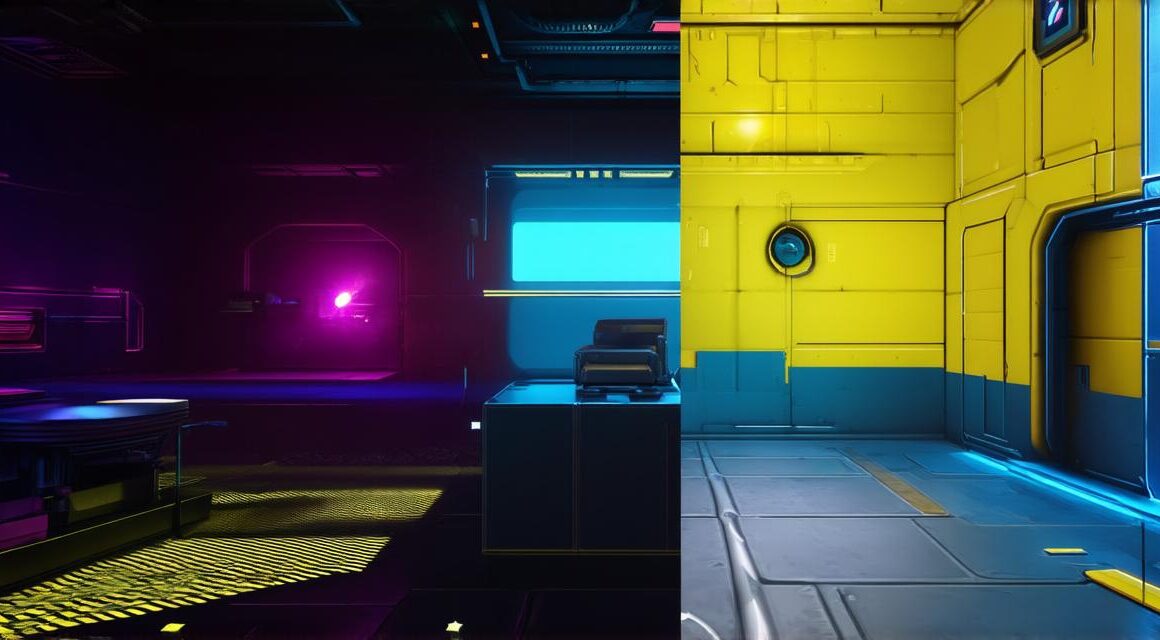Are you a game developer looking to create a captivating 3D platformer game using Unity? Look no further! In this comprehensive guide, we will take you through the process of creating a 3D platformer game in Unity step-by-step. We will cover everything from setting up your project to coding and testing your game.
What is a 3D Platformer Game?
A 3D platformer game is a type of video game where the player controls a character that can move around in a three-dimensional environment, jumping from platform to platform and performing various actions such as running, jumping, and attacking enemies. Some popular examples of 3D platformer games include Super Mario Bros., Sonic the Hedgehog, and Tomb Raider.
Why Use Unity?
Unity is one of the most popular game engines used by developers worldwide. It offers a wide range of features that make it easy to create 3D games, including physics simulation, animation tools, and support for multiple platforms such as Windows, Mac, iOS, Android, and more. In addition, Unity has a large and active community of developers who contribute to the platform by creating assets, plugins, and tutorials.
Getting Started with Unity
- Download and install Unity: You can download the latest version of Unity from the official website. Once you have installed Unity, open it and create a new project.
- Choose a template: Unity offers several templates that you can use as a starting point for your game. For a 3D platformer game, we recommend using the “2D Platformer” or “3D Character Controller” template.
- Import your assets: Once you have created your project and chosen a template, it’s time to import your assets. This includes your characters, backgrounds, sound effects, and any other elements that will be used in your game.
- Set up your scene: Your scene is the main area where you will create your game. In Unity, you can create multiple scenes and switch between them as needed. Start by setting up your basic environment, including the ground, walls, and any other objects that will be present in your game.
Creating a Character Controller
Now that you have set up your project, let’s move on to creating a character controller for your 3D platformer game. A character controller is responsible for handling the movement of your character, including jumping, running, and attacking enemies.
- Import your character model: In Unity, you can import a 3D model of your character by dragging it into the project window. Make sure that your character model is properly rigged and animated.
- Create a new script: To create a character controller, you will need to write a script that handles the movement of your character. In Unity, you can create a new script by right-clicking in the project window and selecting “Create” > “C Script”.
- Write the code: In your new script, you will need to write the code that will control the movement of your character. This includes handling input from the player (such as keyboard or controller controls), calculating the position of your character, and applying forces to make your character jump, run, and attack.
- Attach the script to your character: Once you have written the code for your character controller, you will need to attach it to your character model in Unity. To do this, simply drag the script onto your character model in the project window.
Adding Animation
Animation is an important part of any 3D platformer game. It brings your characters and environments to life and makes your game more engaging for players. In Unity, you can easily add animation to your game by using the built-in animation tools.
- Import your animations: Just like with character models, you will need to import your animations into Unity. You can do this by dragging your animation files (such as .fbx or .obj) into the project window.
- Create an animation clip: Once you have imported your animations, you will need to create an animation clip that combines all of the necessary animations for your character. To do this, go to “Window” > “Animation” > “Create”.



